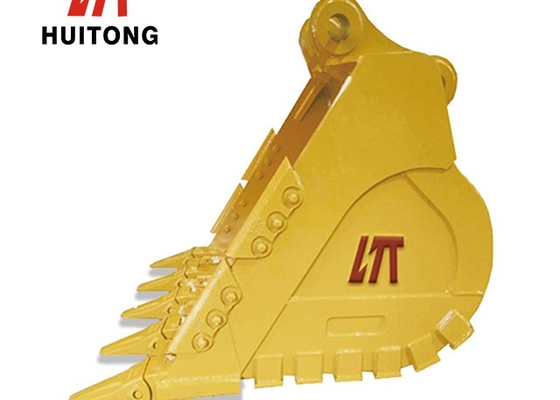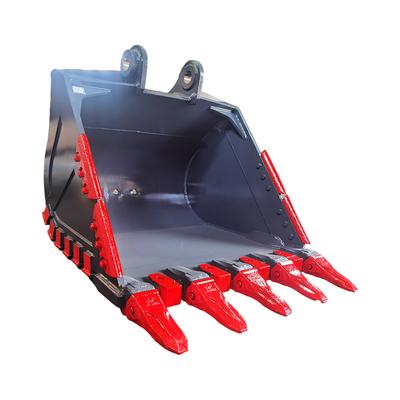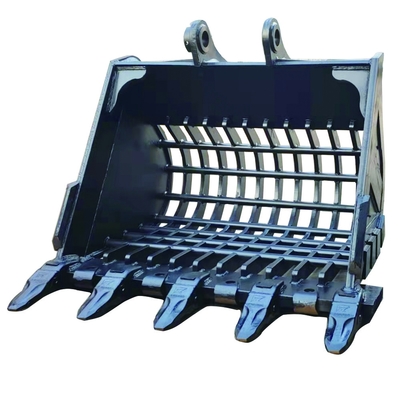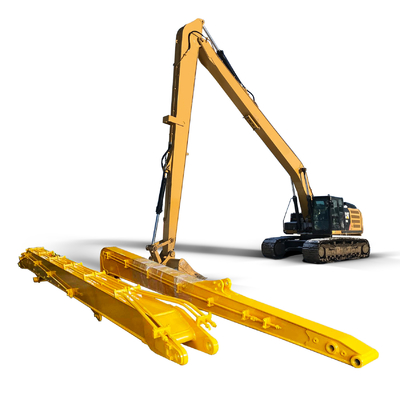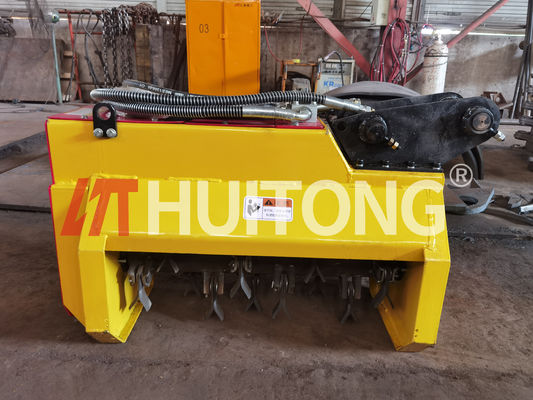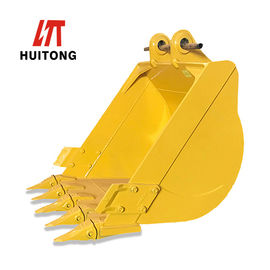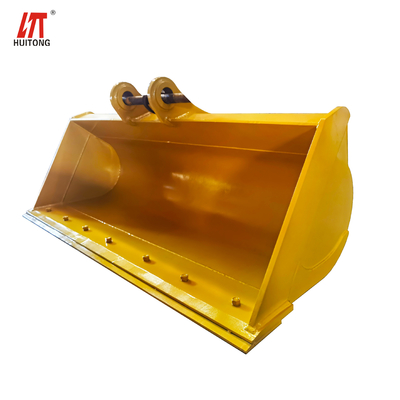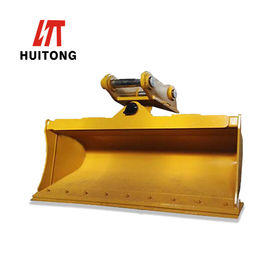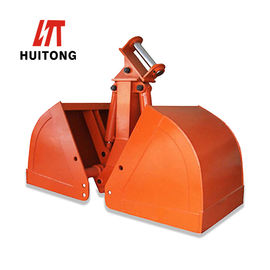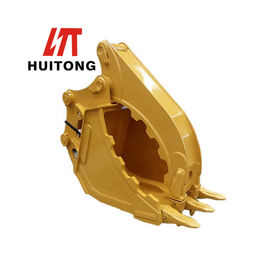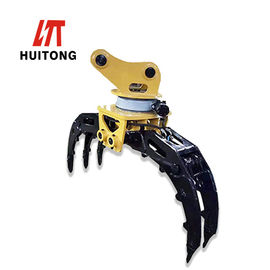The excavator gp bucket is the most easily damaged part of the excavator, and the bucket teeth are the most easily damaged on the bucket, so sometimes it is necessary to weld and strengthen the bucket teeth, but if the welding method is incorrect, the service life of the excavator gp bucket may be shortened. , What is the welding method of bucket teeth? What are the precautions when welding bucket teeth?

Precautions for the welding of bucket teeth
The welding place must be cleaned before welding
It means to remove the original cracked weld meat and grind it with an interphase grinder or use a carbon arc gouging if possible, but the iron oxide must be polished after planing.
2. A certain preheating must be carried out before welding
If possible, preheat 100 degrees at the welding position. Then use the 3.2J507 welding rod for welding, and the welding will stop after a while, hit the weld and the edge of the weld with a hammer, and keep hitting with a hammer until the weld is basically cooled. The purpose is to relieve welding stress, because it is impossible to do heat treatment after welding.
3. Appropriate welding materials must be selected when welding
The electrode type is very important. If you want to know what material is, then you have to take some iron foam tests, which will come out after a test, and then distribute the welding rod according to the composition.
4. Excavator bucket body and bucket teeth welding must ensure penetration
When welding, the penetration must be ensured. If the gap of the weld position is large, a back plate can be added inside.

Welding method of bucket teeth
1. Preparation before welding
First cut off the worn bucket teeth from the bucket body, and then use an angle grinder to polish the place where the bucket teeth are installed. There should be no dirt, rust, and check carefully for cracks and other defects; use carbon arc on the bucket teeth to be welded Gouging out the groove and clean it with an angle grinder.
2. Welding
(1) First, use GBE309-15 electrode on the bucket body (joint with bucket teeth) for surfacing welding. The electrode must be dried at 350℃ for 15h before welding. The welding current should be too large and the welding speed should be slightly slower to ensure The nickel content in the fusion zone is 5% to 6% to prevent the formation of martensite sensitive to cracks.
(2) Perform tack welding. After the bucket teeth are assembled in place, use a D266 electrode with a diameter of 32MM to perform two-sided symmetrical tack welding, and the length of the weld should not exceed 30MM. Water cooling and hammering immediately after welding.
(3) Bottom welding. Use D266 electrode with a diameter of 32MM for bottom welding. Use small current, DC reverse polarity, intermittent welding, short section welding. Water cooling should be done in time every time welding is stopped, and the temperature of the interlayer should be controlled below 50℃.
(4) Fill welding. After the bottom welding is completed, use D266 electrode with a diameter of 4MM for intermittent welding. The welding current is 160A. One electrode is divided into 3 to 4 times to complete the welding. When the welding is stopped, the welding bead must be cooled to 50℃ with water in time. Below, hammering is performed to eliminate stress and prevent carbide precipitation; each two layers are welded, the left and right welds are alternately welded to ensure the symmetry of the welding, until the weld foot reaches 16MM. Use a magnifying glass to check the cracks after each weld. If there are cracks, use carbon arc gouging to eliminate them before welding.

 Your message must be between 20-3,000 characters!
Your message must be between 20-3,000 characters! Please check your E-mail!
Please check your E-mail!  Your message must be between 20-3,000 characters!
Your message must be between 20-3,000 characters! Please check your E-mail!
Please check your E-mail! 
